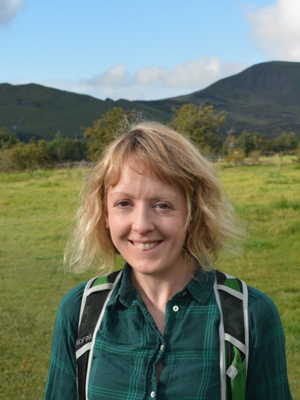The UK is home to a wide variety of beautiful wildflowers, which provide a vital food source for pollinators such as butterflies, bees, and other insects. Wildflowers can be found in a variety of habitats, from woodlands and hedgerows to meadows and roadside verges.
Beautiful wildflowers can be spotted throughout the seasons, with early winter blooms such as snowdrops and wood sorrel appearing in January and February. Come spring, woodlands and hedgerows begin to fill with wildflowers, such as wild garlic flowers and cow parsley. Later in early summer, the countryside comes alive with the colourful wildflower meadows, hedgerows and road verges fill with cornflowers, dandelions and poppies.
Wildflowers seeds are distributed on the breeze – or you can have a go at sowing your own mini wildflower meadow.
Here is our beginner's guide to some of the most common native British wildflowers, along with information on their flowering periods, how to identify and where to see.
If you'd like to learn more, our British seasonal wildflowers guide gives a more comprehensive overview of the species found in each season. Plus, we've reviewed a selection of the best
How to identify native British wildflowers
Dog-rose (Rosa canina)

This wildflower has a distinctive pink or red flower that blooms between May and June. Dog-roses can be found in woodlands, grassland, sand dunes, hedgerows, and along roadside verges.
In the autumn months, dog-rose produces vibrant red rosehips which are eaten by birds and other small mammals.
Honeysuckle (Caprifoliaceae)
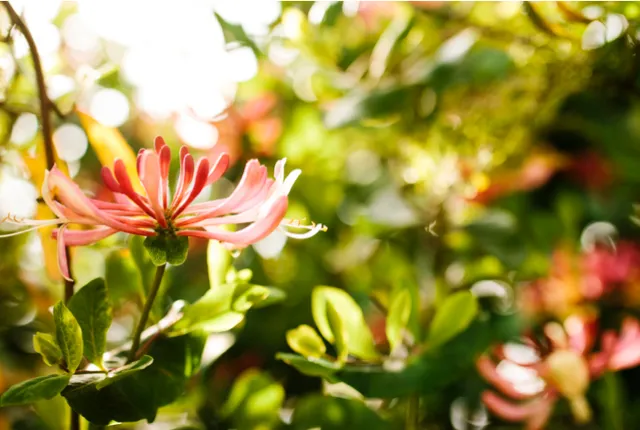
This fragrant wildflower has white, pale yellow, pink or orange flowers that bloom between June and September. Honeysuckle can be found in woodlands, hedgerows, and gardens.
Enchanter’s nightshade (Circaea lutetiana)
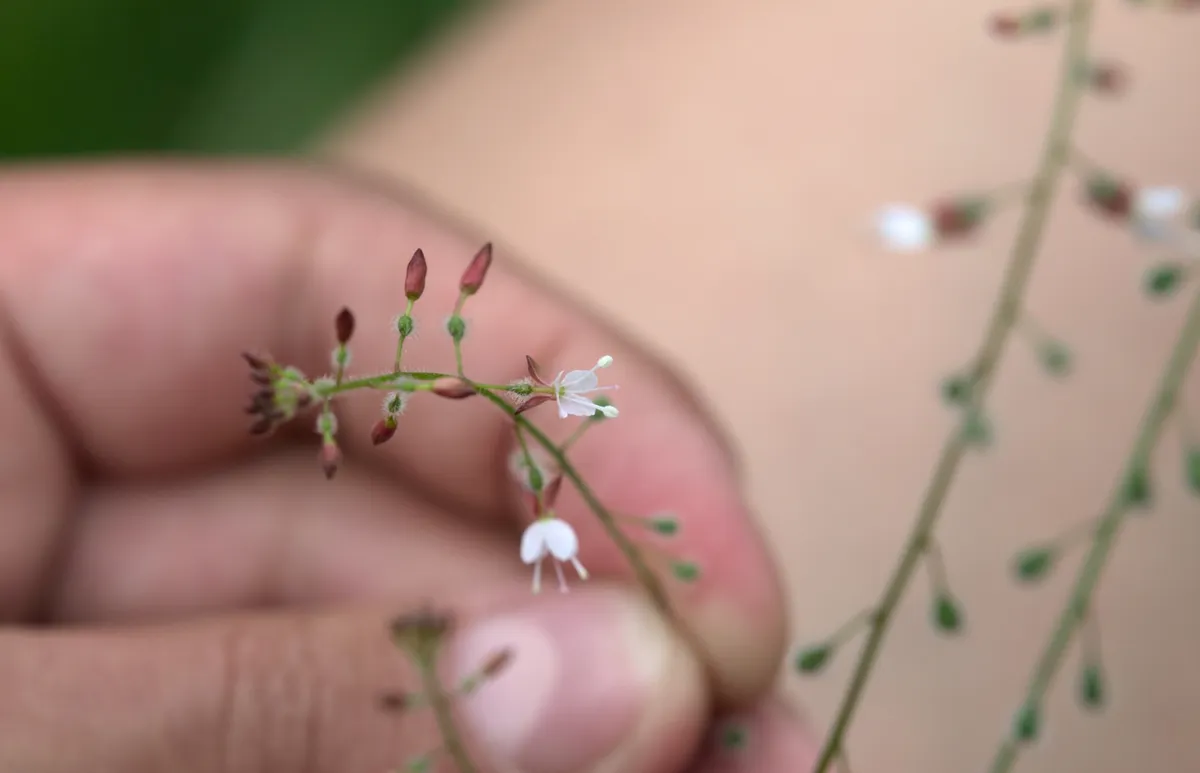
This wildflower has small delicate white flowers that bloom between June and August. Enchanter's nightshade can be found in woodlands and shady areas.
The botanical name of this wildflower is named after Circe, a witch from ancient Greece, who notoriously turned men into animals.
Columbine (Aquilegia)
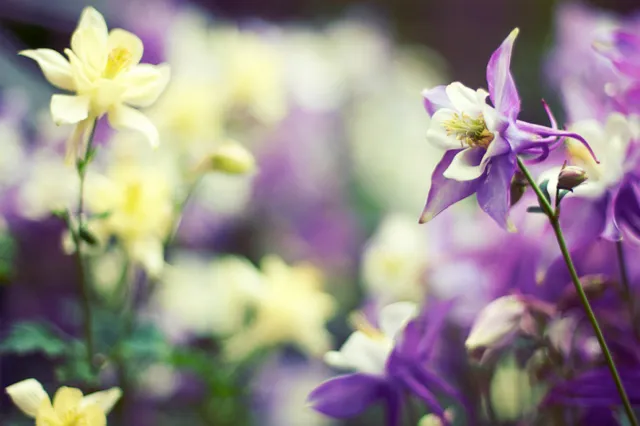
This native British wildflower has blue, purple, or white flowers that bloom in May and June. Columbines can be found in woodlands and meadows.
Part of the buttercup family, this flower is also the state flower of Colorado.
Kingcup (Caltha palustris) or marsh marigold
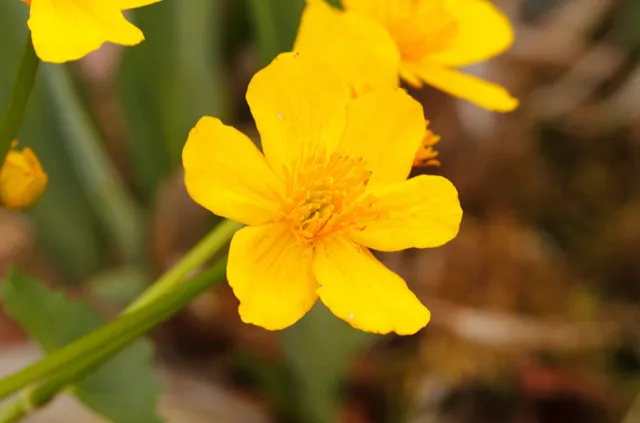
This cheering wildflower has bright yellow flowers that bloom in March and August. Kingcups can be found in damp woodlands and meadows.
Kingcup's are also known as Marsh Marigold, the term marigold came about when it was used in church festivals in the middle ages, as a devotion to the Virgin Mary.
Cornflower (Centaurea cyanus)
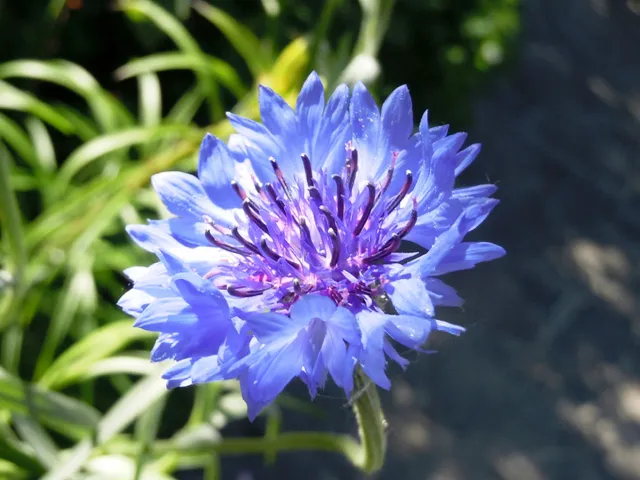
This wildflower has blue flowers that bloom in June and September. Cornflowers can be found in meadows and roadside verges.
In folklore young men who believed they were in love wore these flowers, and if the flower faded quickly it represented that their love was not returned.
Water avens (Geum rivale)
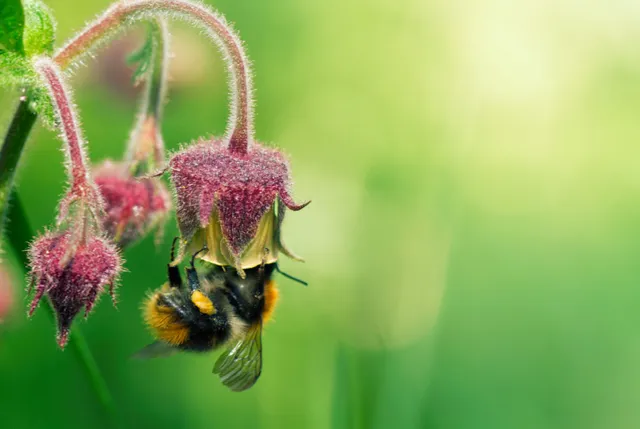
This wildflower has pink or white flowers that bloom in May and September. Water avens can be found in damp woodlands and meadows.
The roots of this plant has many medical uses due to it containing high amounts of tannins, the root can also be used as an anti-inflammatory and antiseptic.
Forget-me-not (Myosotis)
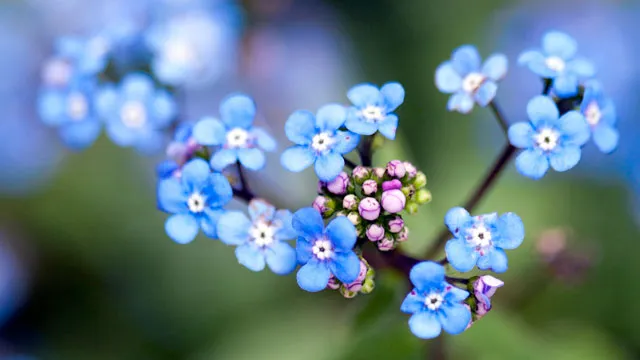
This wildflower has small blue flowers that bloom in April and June. Forget-me-nots can be found in woodlands, meadows, and gardens.
The name comes from a German romantic tragedy, where a man falls into a fast flowing river while on a stroll with his lover. While being swept away he throws a bouquet of these flowers at her, shouting, “Forget me not!”
Scarlet pimpernel (Anagallis arvensis)
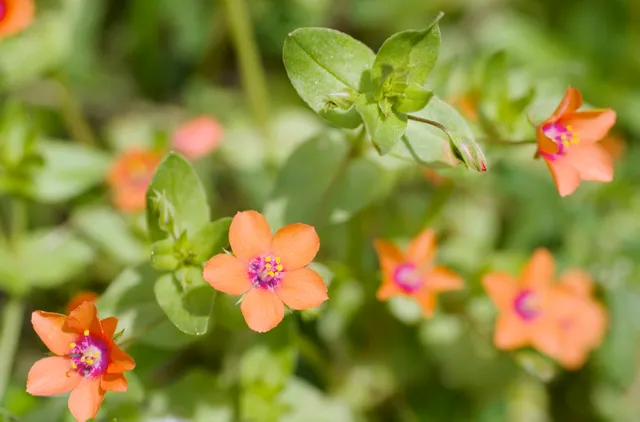
This wildflower has bright red flowers that bloom in May and August. Scarlet pimpernels can be found in meadows, roadside verges, and gardens.
Best known as the emblem for the famous fictional character in Emma Orczy’s first novel, this British wildflower is probably our most pleasant weed.
Ragged Robin (Lychnis flos-cuculi)
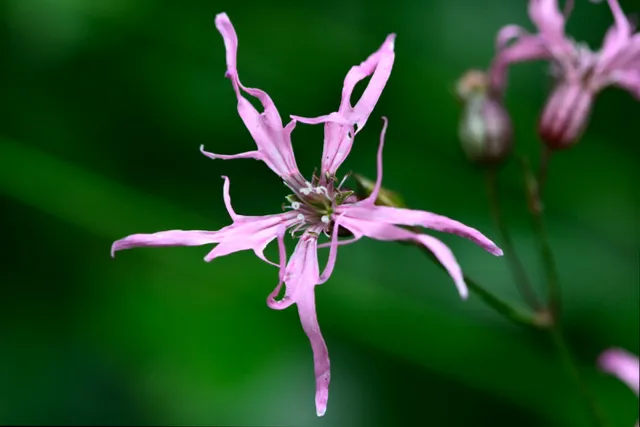
This wildflower has pink or red flowers that bloom in May and August. Ragged Robins can be found in meadows, roadside verges, and gardens.
“Flos-cuculi” supposedly means “Flower of the cuckoo”, named as the first flowers of the Ragged Robin appear just as British cuckoos are first heard in May.
